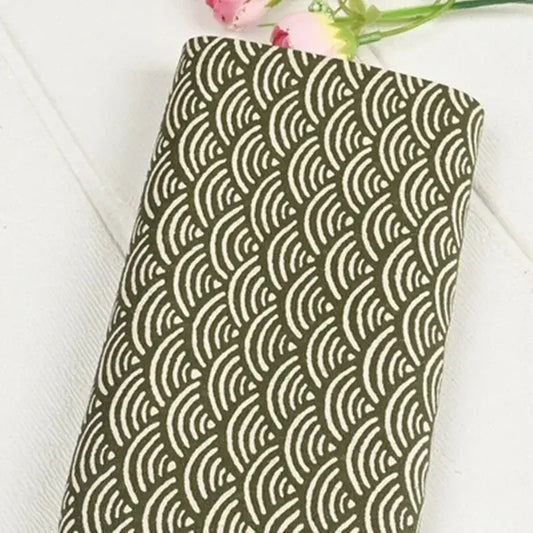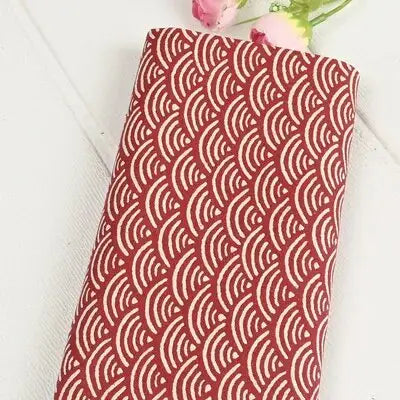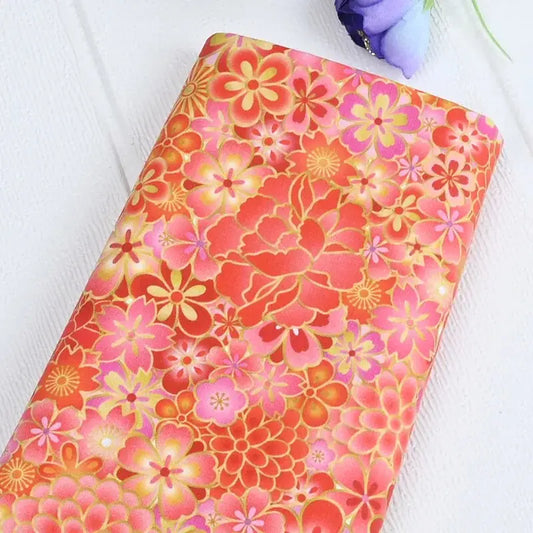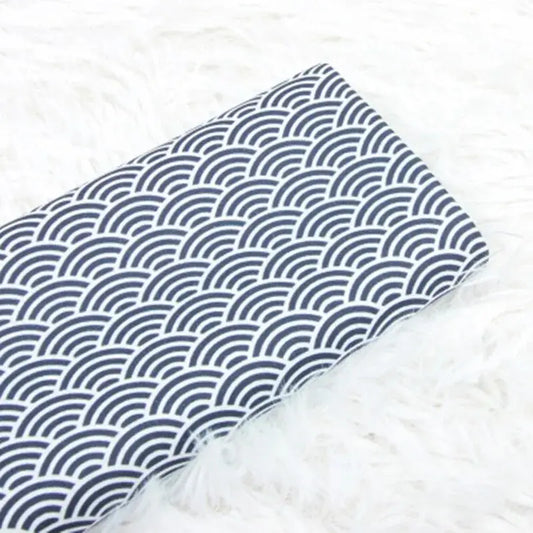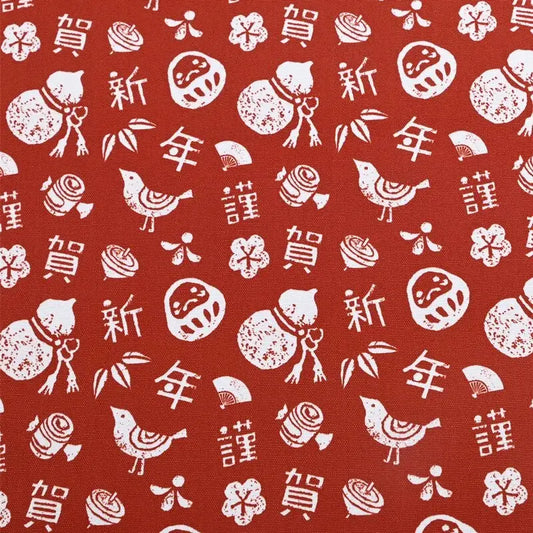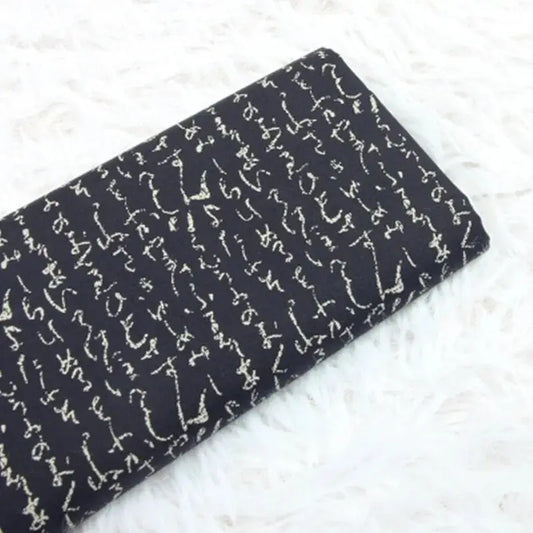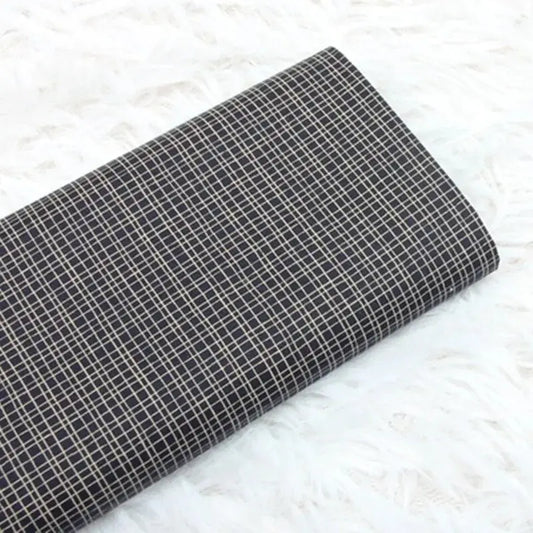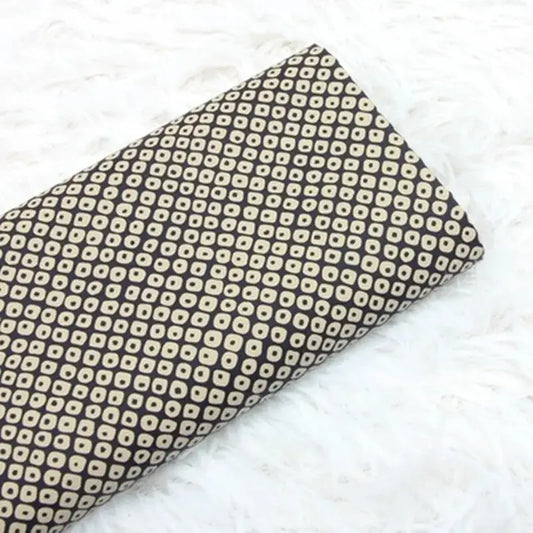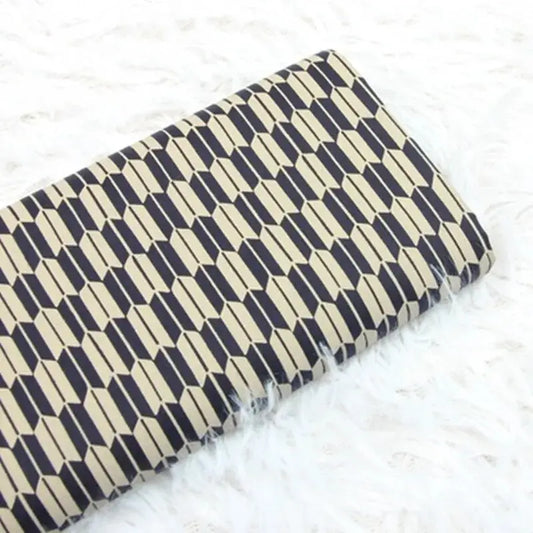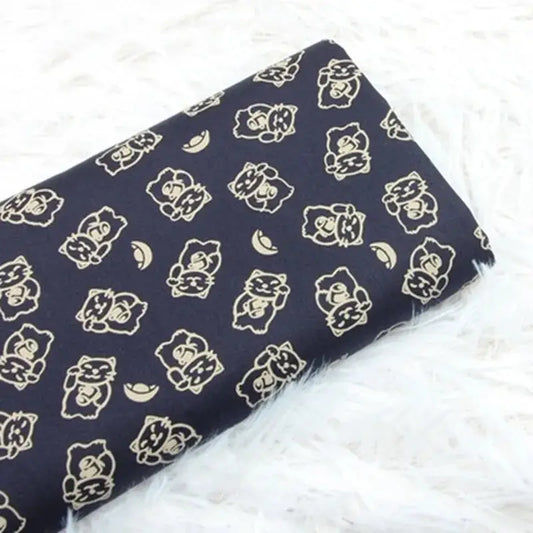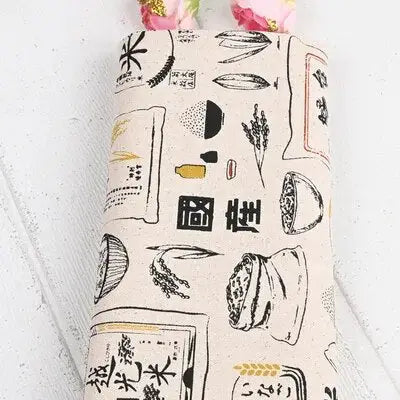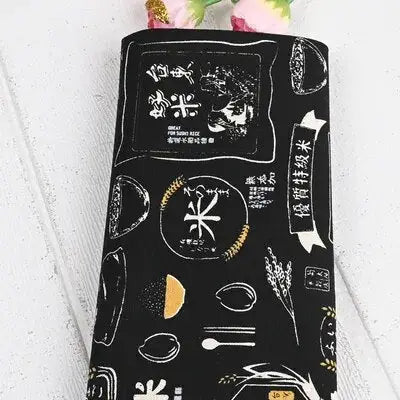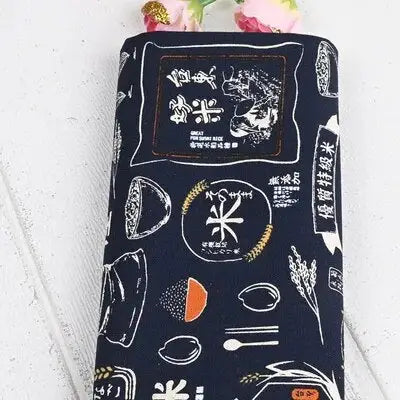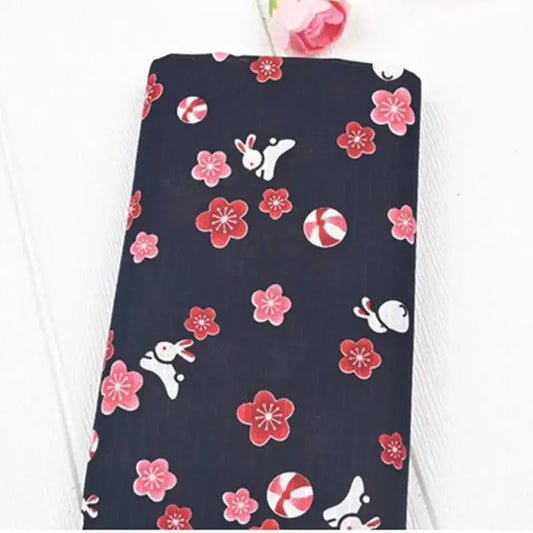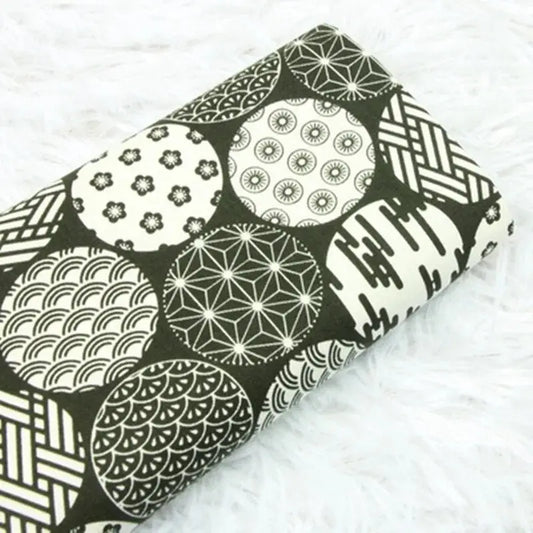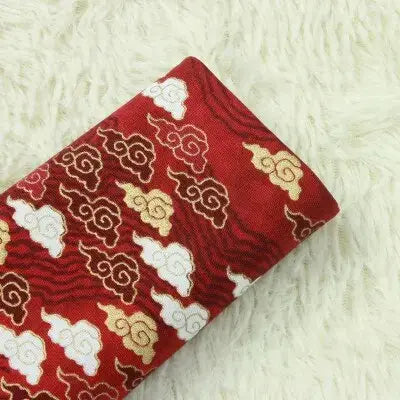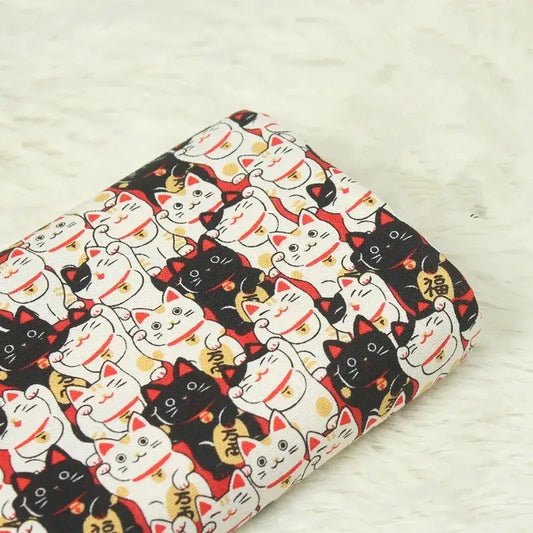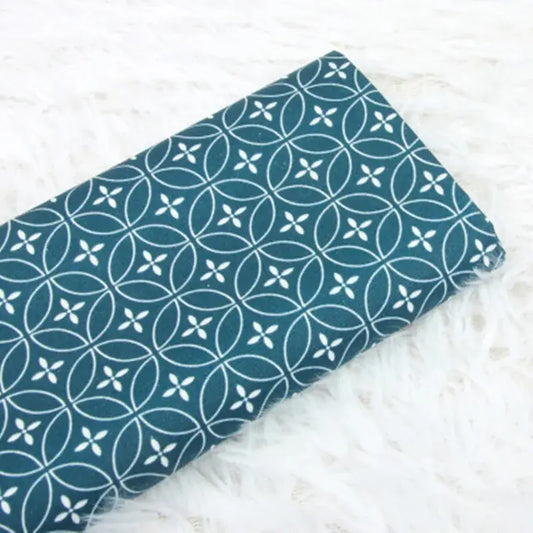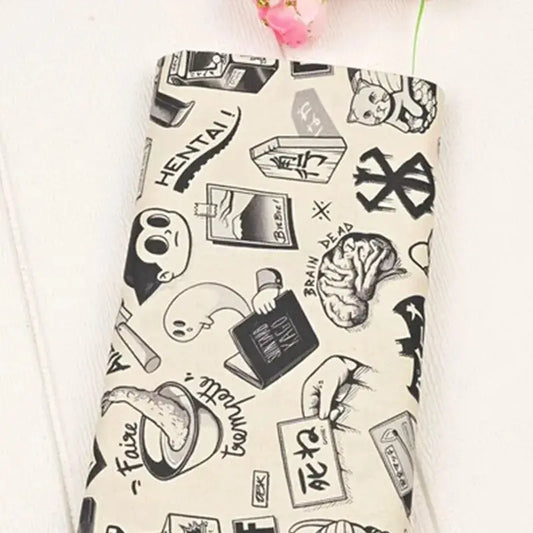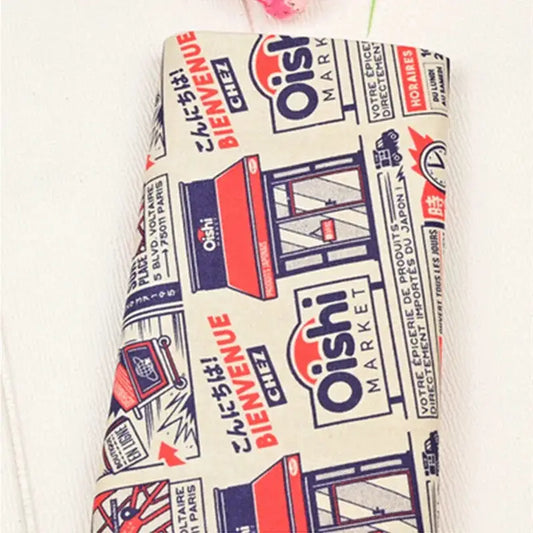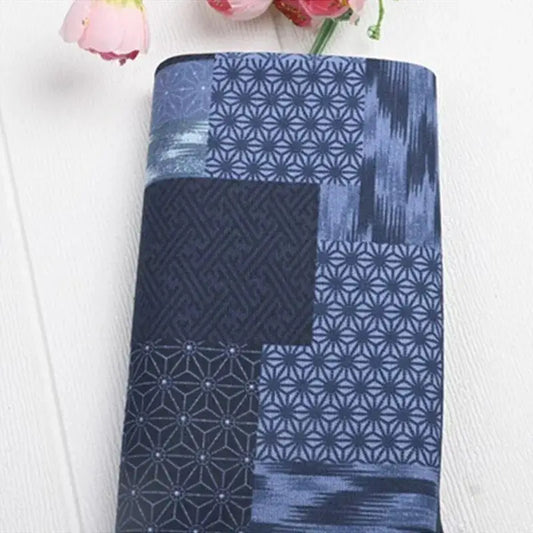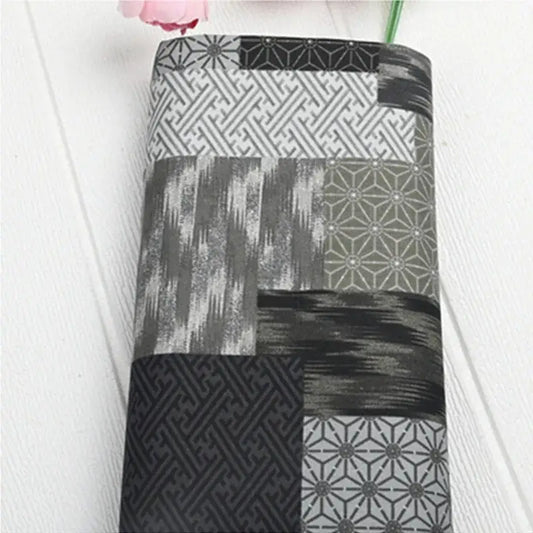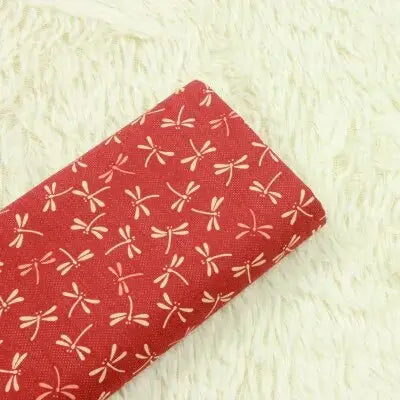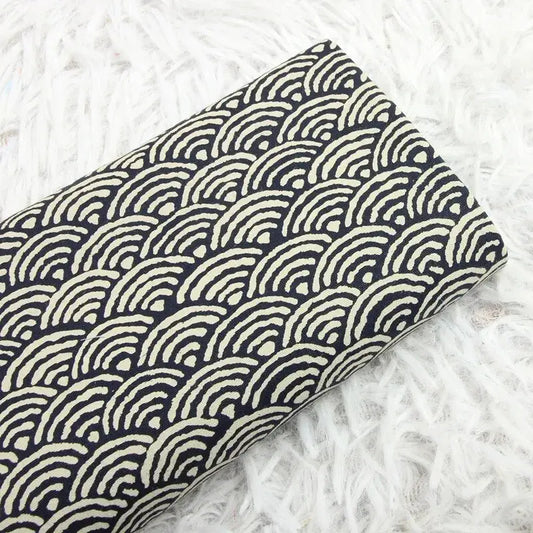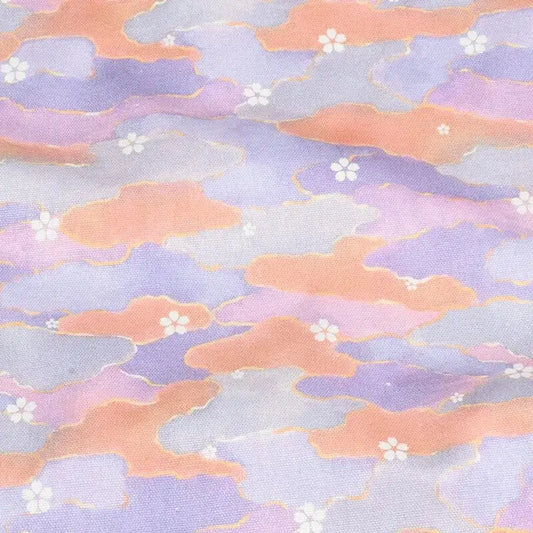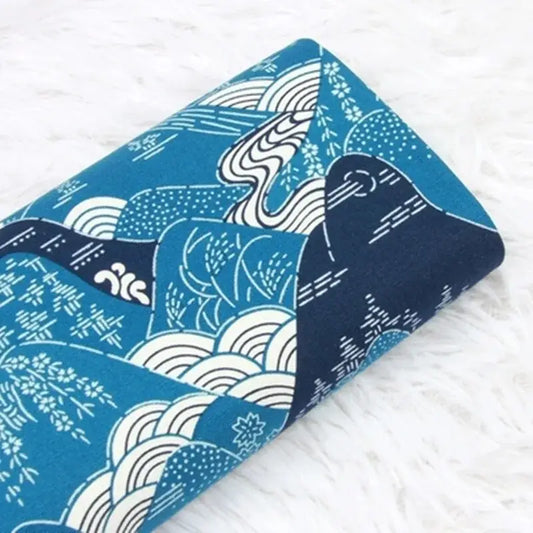Collection: Furoshiki
-
Green Japanese Wave Pattern Furoshiki
Regular price 26$ USDRegular priceUnit price / per -
Red Japanese Wave Pattern Furoshiki
Regular price 26$ USDRegular priceUnit price / per -
Sakura Lotus Red Furoshiki
Regular price 26$ USDRegular priceUnit price / per -
Classic Seigaiha Pattern Furoshiki
Regular price 26$ USDRegular priceUnit price / per -
Traditional Daruma Red Furoshiki
Regular price 26$ USDRegular priceUnit price / per -
Navy and Red Neko Cats Clouds Furoshiki
Regular price 26$ USDRegular priceUnit price / per -
Traditional Inscriptions Pattern Furoshiki
Regular price 26$ USDRegular priceUnit price / per -
Traditional Linear Pattern Furoshiki
Regular price 26$ USDRegular priceUnit price / per -
Kanoko Pattern Furoshiki
Regular price 26$ USDRegular priceUnit price / per -
Yagasuri Pattern Furoshiki
Regular price 26$ USDRegular priceUnit price / per -
Lucky Cats Navy Furoshiki
Regular price 26$ USDRegular priceUnit price / per -
Red Hand Fans Pattern Furoshiki
Regular price 26$ USDRegular priceUnit price / per -
Yellow Japanese Wave Pattern Furoshiki
Regular price 26$ USDRegular priceUnit price / per -
White Vintage Japanese Bakery Furoshiki
Regular price 26$ USDRegular priceUnit price / per -
Black Vintage Japanese Bakery Furoshiki
Regular price 26$ USDRegular priceUnit price / per -
Navy Vintage Japanese Bakery Furoshiki
Regular price 26$ USDRegular priceUnit price / per -
Sakura Bunnies Navy Furoshiki
Regular price 26$ USDRegular priceUnit price / per -
Green Geometric Patterns Furoshiki
Regular price 26$ USDRegular priceUnit price / per -
Yellow Geometric Patterns Furoshiki
Regular price 26$ USDRegular priceUnit price / per -
Japanese Culture Red Furoshiki
Regular price 26$ USDRegular priceUnit price / per -
Clouds Red Furoshiki
Regular price 26$ USDRegular priceUnit price / per -
Sakura Purple Furoshiki
Regular price 26$ USDRegular priceUnit price / per -
Lucky Cats Furoshiki
Regular price 26$ USDRegular priceUnit price / per -
Blue Hand Fans Pattern Furoshiki
Regular price 26$ USDRegular priceUnit price / per -
Hanabishi Pattern Teal Furoshiki
Regular price 26$ USDRegular priceUnit price / per -
White Sakura Navy Furoshiki
Regular price 26$ USDRegular priceUnit price / per -
Spooky Pattern Furoshiki
Regular price 26$ USDRegular priceUnit price / per -
Oishi Market Furoshiki
Regular price 26$ USDRegular priceUnit price / per -
Brown Asanoha Fusion Furoshiki
Regular price 26$ USDRegular priceUnit price / per -
Navy Asanoha Fusion Furoshiki
Regular price 26$ USDRegular priceUnit price / per -
Black Asanoha Fusion Furoshiki
Regular price 26$ USDRegular priceUnit price / per -
Shiba Red Asanoha Pattern Furoshiki
Regular price 26$ USDRegular priceUnit price / per -
Dragonfly Pattern Red Furoshiki
Regular price 26$ USDRegular priceUnit price / per -
Seigaiha Waves Furoshiki
Regular price 26$ USDRegular priceUnit price / per -
Sakura Pastel Clouds Furoshiki
Regular price 26$ USDRegular priceUnit price / per -
Blue Mountains Furoshiki
Regular price 26$ USDRegular priceUnit price / per
Receive Updates Straight to Your Inbox 📩
Be the first to know about new releases and exclusive offers.
Furoshiki - A Tradition Rooted in Sustainability, Versatility, and Artistic Beauty
In the domain of cultural artifacts, Furoshiki holds a unique position. This traditional Japanese wrapping cloth is more than just a versatile carrier; it is an emblem of sustainability, versatility, and artistic beauty deeply rooted in Japanese tradition.
Furoshiki, varying in sizes and often graced with intricate designs or traditional motifs, serves myriad functions. It can be transformed into a chic bag, an elegant gift wrap, a tablecloth, or even a fashion accessory. Each use of Furoshiki carries with it a sense of sustainable living, reducing waste while adding a touch of elegance to everyday tasks.
The artistry imbued in each Furoshiki reflects the passion and skill of Japanese craftsmen. Each design, whether a scene from nature, traditional symbols, or geometric patterns, is meticulously printed or dyed onto the fabric, creating a functional piece of art that complements its user's lifestyle.
Furoshiki is more than just a cloth; it's a vessel of Japan's cultural legacy, showcasing the nation's respect for nature, emphasis on resourcefulness, and appreciation of beauty in the mundane. Embracing Furoshiki means weaving these principles into your life.
Adopting Furoshiki is about incorporating its values of sustainability, versatility, and artistic beauty into your routine. Whether you're a champion of green living, an admirer of Japanese aesthetics, or someone seeking beauty in practicality, Furoshiki is an offering that holds the promise of enriching your life.
Embark on your Furoshiki journey today. Experience the sustainability, versatility, and artistic beauty this traditional cloth brings to your life. Whether you're looking to reduce waste, elevate your style, or bring a hint of Japanese tradition into your daily life, there's a Furoshiki waiting to add color to your story.
With Furoshiki, you're not merely acquiring a cloth; you're inviting a timeless tradition that values the environment, versatility, and aesthetic appeal into your life. Why not delve into the world of Furoshiki? An exploration of cultural richness, sustainable living, and artistic appreciation awaits you.


